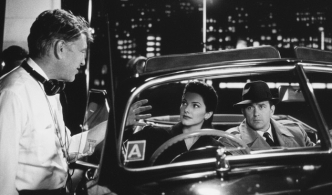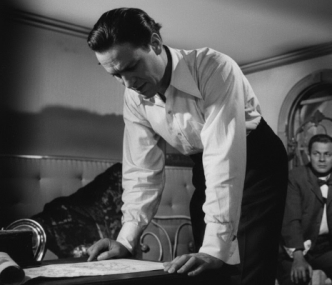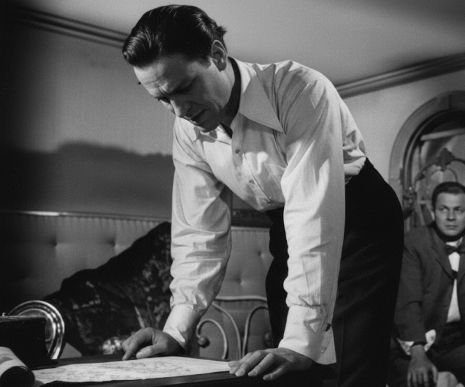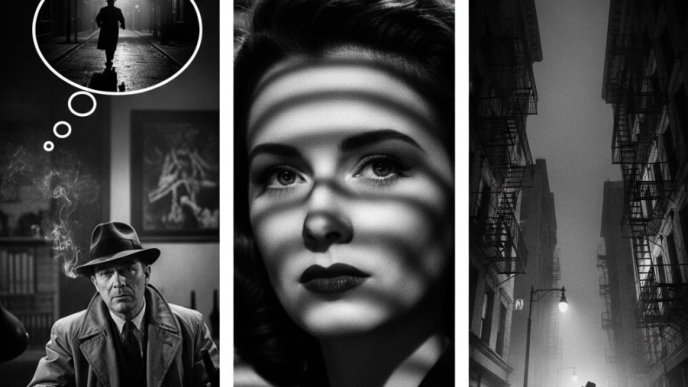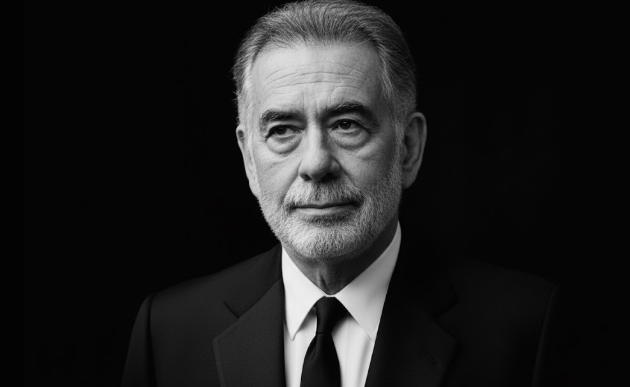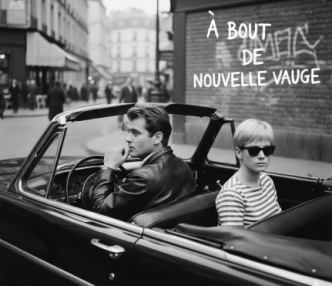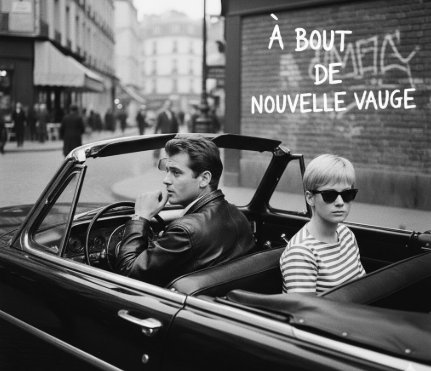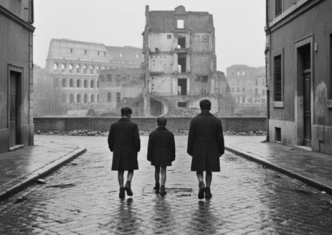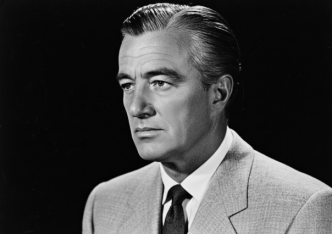David Lynch’s Mulholland Drive (2001) is not a film you simply watch; it is an experience you surrender to, a cinematic puzzle box that operates on the logic of a dream. Widely hailed as one of the greatest films of the 21st century, this surrealist neo-noir is a haunting and hypnotic exploration of the dark side of the Hollywood dream factory.
The film famously began its life as a rejected television pilot for ABC, a project left for dead until French production company Studio Canal Plus provided Lynch with the funds to shoot an ending and transform it into a feature film. The result is a fractured masterpiece, a story that defies linear narrative to explore themes of identity, love, jealousy, and the devastating collision between fantasy and reality. It is the quintessential “Lynchian” work, a film that confirms David Lynch’s status as America’s foremost cinematic surrealist.
The Two Halves of a Broken Heart: Narrative as a Dream
The film’s narrative is famously split into two distinct, yet interconnected, parts. The first three-quarters of the movie unfold as a seemingly straightforward, if quirky, mystery. A bright-eyed, optimistic aspiring actress named Betty Elms (Naomi Watts) arrives in Hollywood, full of dreams and promise. In her aunt’s apartment, she discovers a mysterious, beautiful woman (Laura Harring) who has amnesia after a car crash on Mulholland Drive and has taken the name “Rita” from a movie poster. Together, the two women embark on a Nancy Drew-style investigation to uncover Rita’s true identity, falling into a passionate love affair along the way.
This Hollywood dreamscape, however, shatters in the film’s final act. The narrative abruptly shifts, and the characters are reborn. Betty is now Diane Selwyn, a failed, depressed actress living in a drab apartment, and Rita is Camilla Rhodes, a successful movie star who was once Diane’s lover but has cruelly left her for a film director, Adam Kesher. Through a series of fragmented flashbacks, we learn the devastating truth: the entire first part of the film was an elaborate dream, a fantasy constructed by Diane in a fit of guilt and despair after hiring a hitman to murder Camilla out of jealousy. The dream is Diane’s attempt to rewrite her own tragic story, casting herself as the talented and beloved Betty, and transforming the powerful Camilla into the helpless, dependent Rita.
The Dream Factory as a Nightmare Factory
At its core, Mulholland Drive is a scathing critique of Hollywood as a merciless, destructive place that feeds on dreams and discards those who fail to achieve them. In Diane’s dream, Hollywood is a magical place where her talent is immediately recognized in a stunning audition, and where she can solve any mystery. In reality, it is a place of humiliation and powerlessness, where casting decisions are dictated by sinister mobsters and where her own career has stalled while her lover’s has soared.
Lynch uses this contrast to explore the corrosive nature of the “Hollywood Dream.” Diane’s fantasy is a construction of all the tropes Hollywood sells: the plucky newcomer, the mysterious femme fatale, the powerful director, and the shadowy conspiracy. But in the harsh light of reality, these romantic notions curdle into a story of failure, envy, and murder. The film suggests that the very illusions Hollywood creates are what ultimately destroy Diane, leaving her with nothing when her own life fails to match the fantasy.
The Keys to the Unconscious: Decoding Lynch’s Symbols
Lynch populates his dreamscape with a series of recurring, cryptic symbols that serve as keys to unlocking the film’s psychological puzzle.
- The Blue Box and Key: These two objects are the film’s central MacGuffins. In the real world, the blue key is the hitman’s signal to Diane that the murder of Camilla has been completed. In the dream, the box and key become a mysterious object of desire for Betty and Rita. When the key finally opens the box, it unleashes not an answer, but a void—a blackness that swallows the dream world and forces a violent return to reality. The box is Diane’s Pandora’s Box, containing the repressed guilt and trauma that her fantasy was built to conceal.
- Club Silencio: The visit to this strange, red-draped theater is the turning point of the dream, the moment the artifice begins to unravel. An emcee declares “No hay banda!” (“There is no band!”), revealing that all the sounds are a recording. A singer performs a heartbreaking, Spanish-language version of Roy Orbison’s “Crying,” only to collapse while her voice continues to play. This scene is Lynch’s most direct commentary on the nature of Hollywood itself: it is an illusion, a recording that has the power to produce real emotion, even when it is not “real.” For Betty/Diane, this revelation is a devastating confrontation with the fact that her entire reality is a fabrication, causing her to convulse as her fantasy world collapses.
- The Monster Behind Winkie’s: This terrifying figure, who appears in a dream-within-the-dream, is the most direct personification of Diane’s repressed horror. It represents the ugly truth, the guilt, and the self-hatred that she has tried to bury. It is the face of her own monstrous act—hiring a killer—and when it appears at the end of the film holding the blue box, it signals that the truth can no longer be contained.
Conclusion: A Masterpiece of the Unconscious
Mulholland Drive is a challenging, deeply unsettling, and endlessly fascinating film that solidifies David Lynch’s legacy as a master of surrealist cinema. It is a film that trusts its audience to engage not with logic, but with intuition and emotion. By constructing a narrative that mirrors the fractured logic of a dream, Lynch created a profound and unforgettable exploration of the human psyche under the pressures of love, ambition, and crushing failure. It remains a haunting love story set in the city of dreams, a place where those dreams are all too often destined to become nightmares.

Dario Loce is the founder and editor of Celebrimous. He is a lifelong film enthusiast and the author of several locally-published books on cinema history and analysis. His passion is deconstructing the “how” and “why” of filmmaking, from the director’s vision to the editor’s cut. When not lost in a classic film, he’s usually walking through the city, replaying scenes in his mind like unfinished stories.
